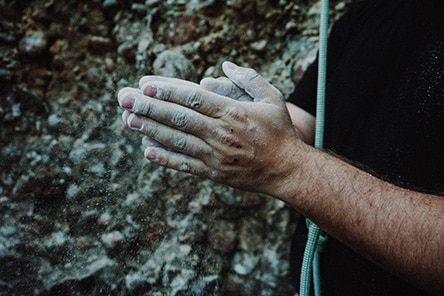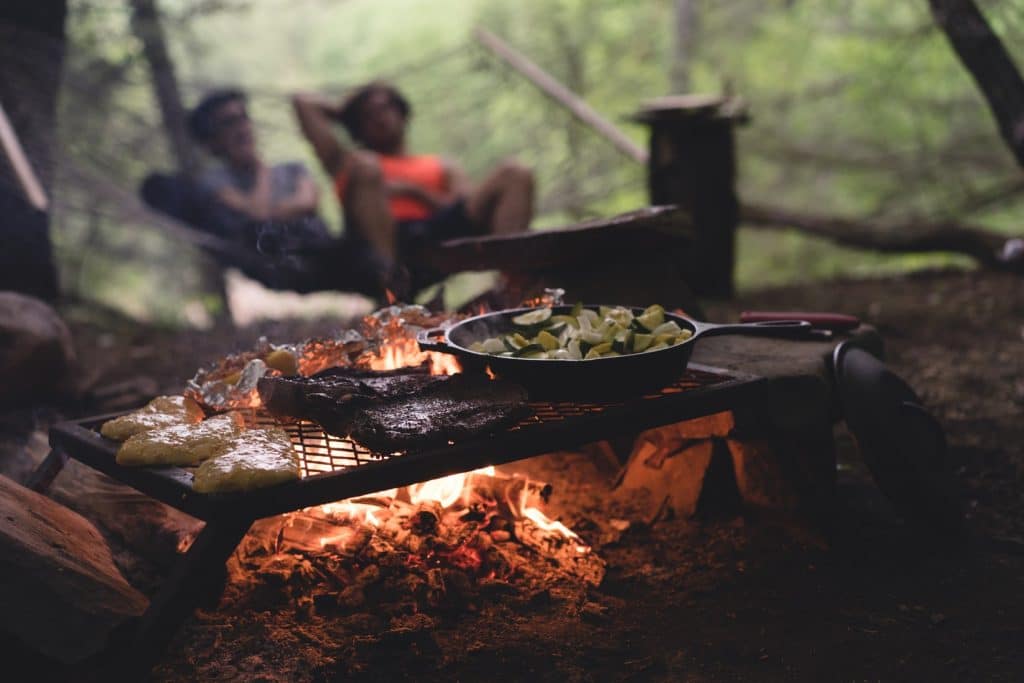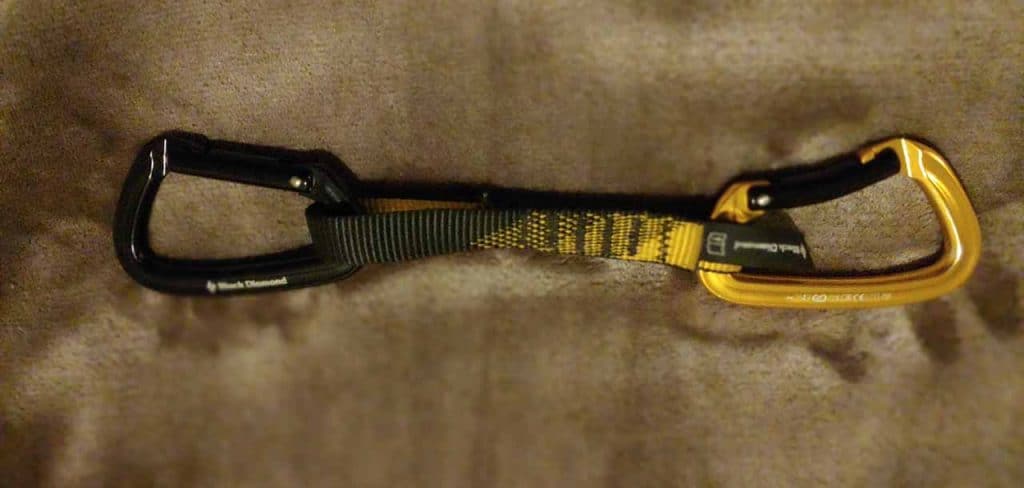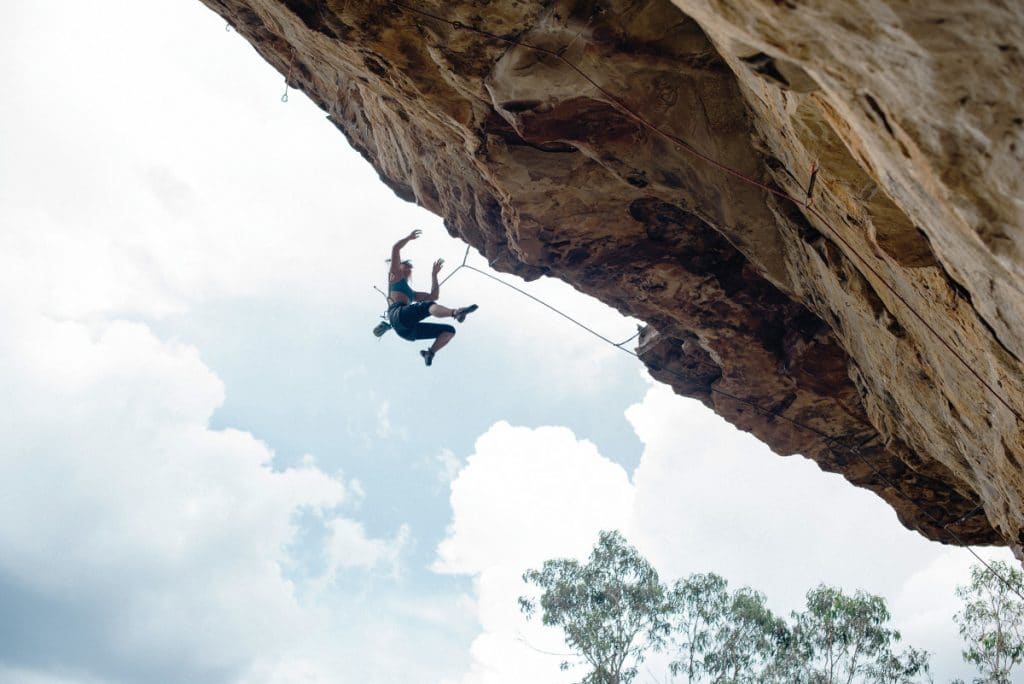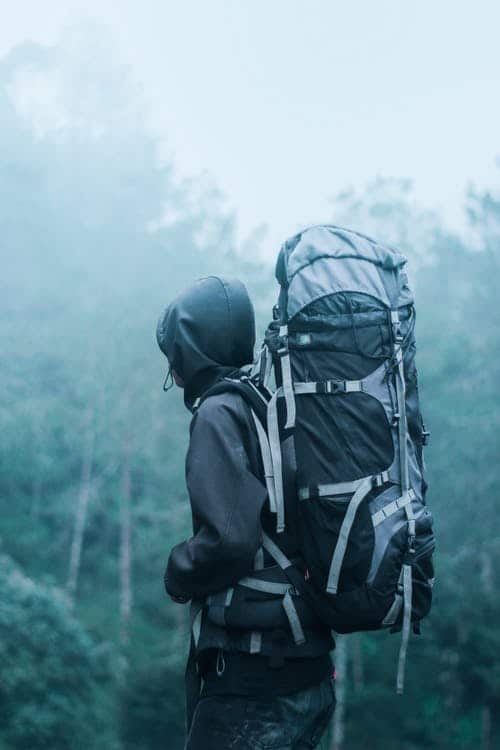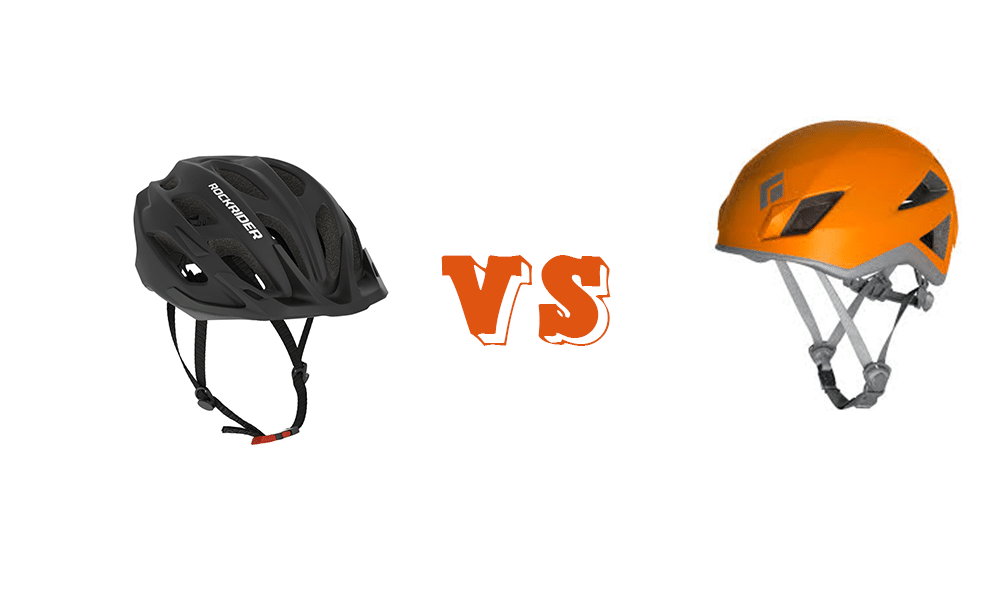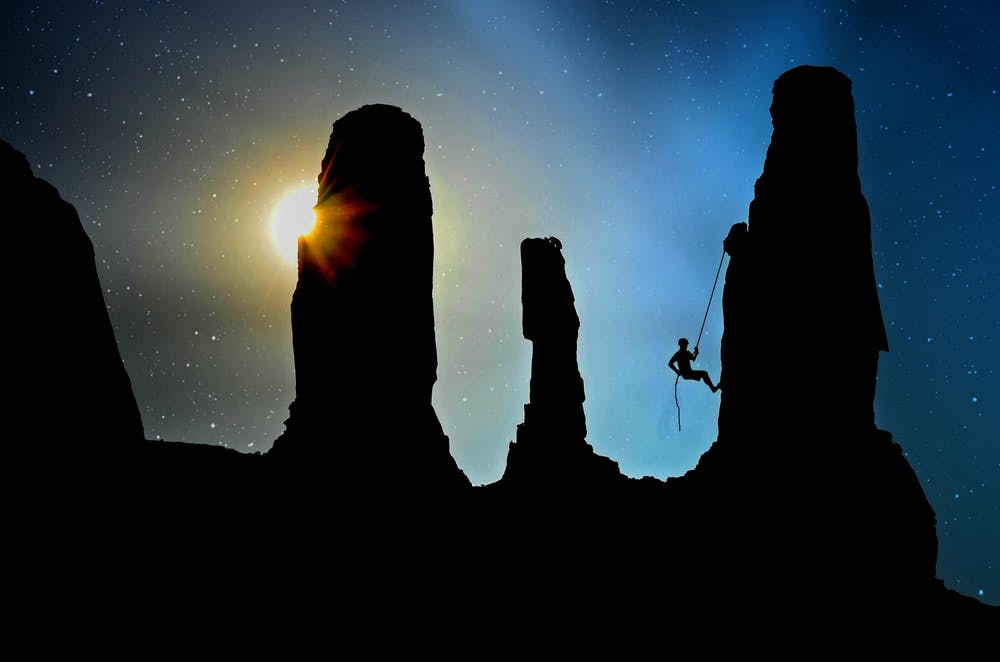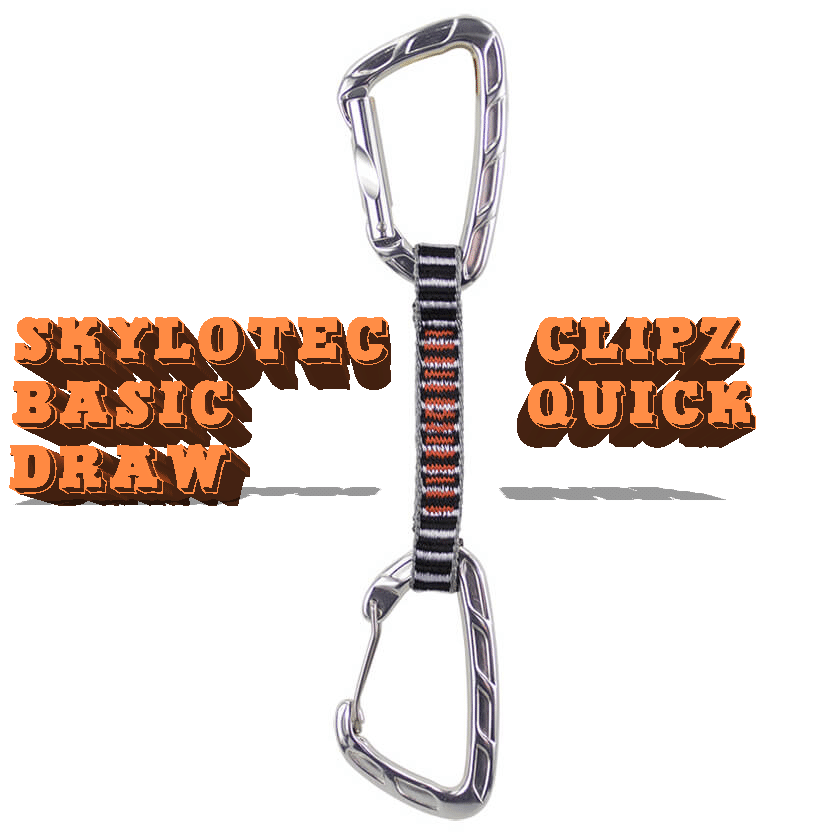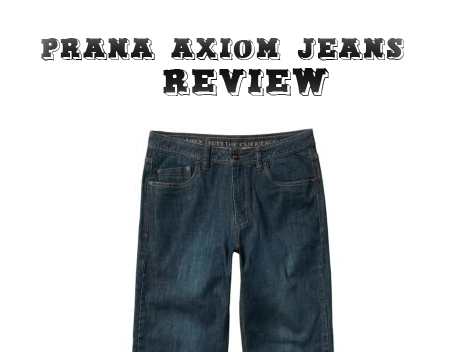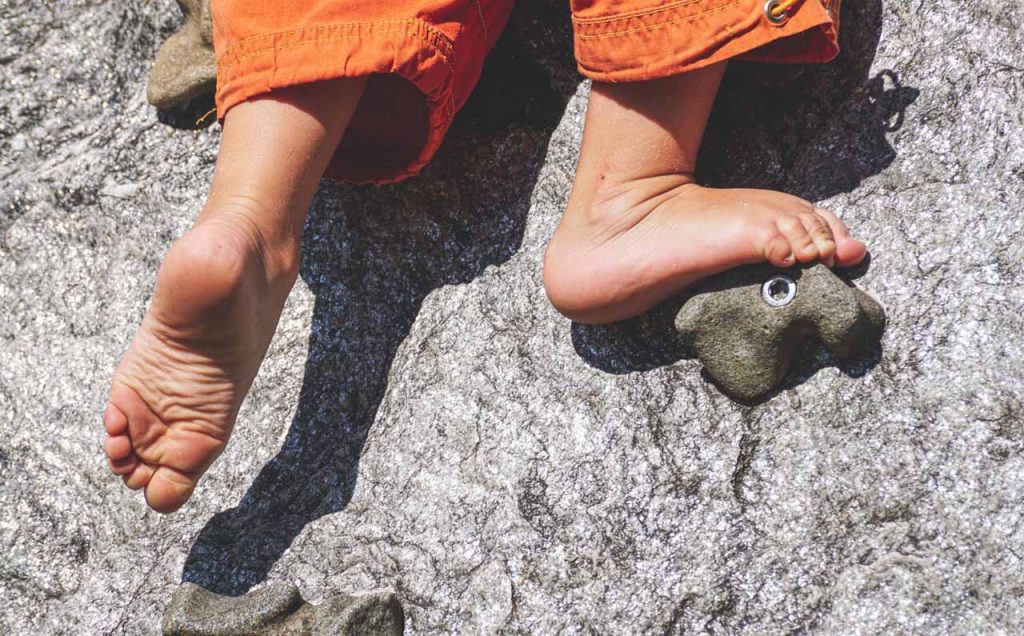Is Climbing Bad for Your Fingers?
Climbing is a sport where you need lots of finger strength. The same goes for bouldering and alpine climbing. No matter what you do exactly, your fingers will usually be sore if you’re new to climbing. There are actually findings that show that climbers fingers and hands actually adapt to the short, intense stress climbing …

